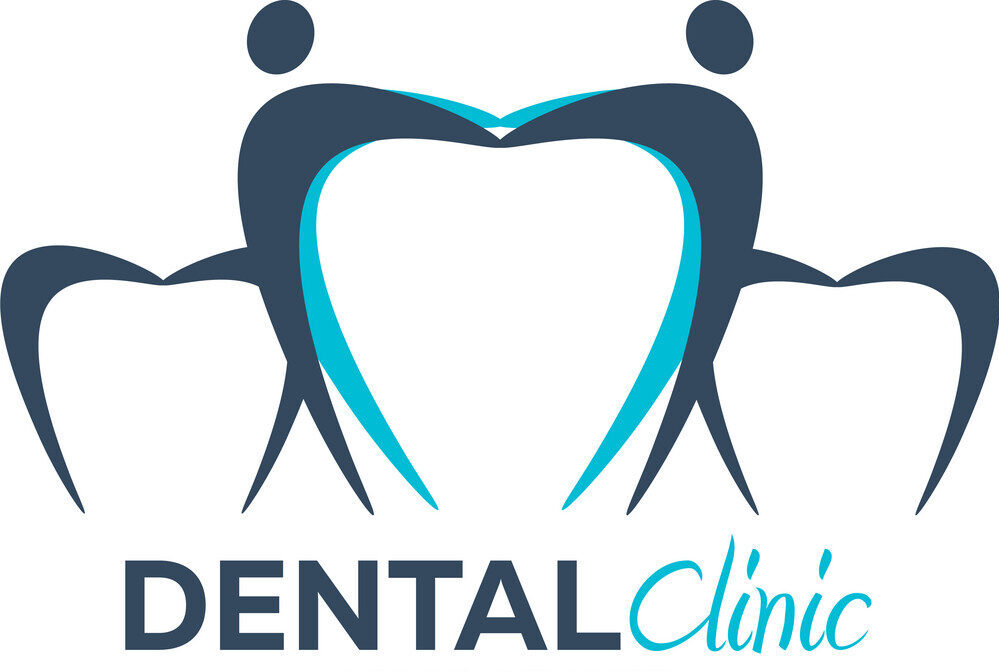Here is the list of the Top Cosmetic Dentists in South Dakota city, USA.
South Dakota
Minnesota
Portland
Nebraska
Arizona
Do Dentists Fill Cavities Unnecessarily?
The question of whether dentists fill cavities unnecessarily is a complex one, involving both ethical and practical considerations. Dentistry has evolved significantly over the years, shifting from a “drill and fill” approach to a more preventive model focused on early detection and intervention. However, this shift has also raised concerns about overdiagnosis and overtreatment, particularly with the advent of advanced diagnostic technologies and the financial pressures faced by dental practices.
Introduction to Dental Cavities
Dental cavities, or tooth decay, are caused by bacterial acids dissolving the hard tissues of the teeth, including enamel, dentin, and cementum. The process begins with demineralization of the enamel, often visible as white spots, and can progress to form cavities if not addressed. Regular dental check-ups and preventive measures such as brushing, flossing, and fluoride use are crucial in managing tooth decay.
The Debate Over Early Intervention
Some dentists advocate for early intervention, treating microcavities or incipient lesions before they progress into full-blown cavities. This approach is supported by advanced diagnostic tools like laser scanning and fluorescent technologies, which can detect weakened enamel before it becomes visible on an X-ray. However, not all dentists agree that early treatment is necessary. Some argue that watchful waiting, especially for lesions that have not reached the dentin, is a more conservative and cost-effective approach.
Overdiagnosis and Overtreatment
Overdiagnosis refers to the identification of conditions that are not causing symptoms or harm, which can lead to unnecessary treatment. In dentistry, this might involve filling microcavities that may never progress into significant cavities. Overtreatment, on the other hand, involves providing more treatment than necessary for a condition. Both issues can result in increased costs for patients and potential harm from unnecessary procedures.
Financial Pressures and Advanced Technology
The cost of advanced diagnostic equipment can influence dentists to perform more treatments to recoup their investment. A study by Dr. James C. Hamilton found no benefit to early treatment of microcavities using air drills and composite fillings compared to watchful waiting. This suggests that some treatments might be driven by financial considerations rather than clinical necessity.
Patient Perspectives and Second Opinions
Patients should be proactive in seeking second opinions if they feel that recommended treatments are unnecessary. Dr. Irwin Mindell emphasizes the importance of a conservative approach, suggesting that many microcavities may not progress significantly over time. Patients should also be aware of the risks associated with dental procedures and ask questions about the necessity of treatments.
Dental Implants and Unnecessary Tooth Removal
A related issue is the trend of removing healthy teeth for dental implants. Some experts warn that this practice is becoming too common, driven by financial incentives rather than patient needs. Dental implants can be beneficial for replacing missing or severely damaged teeth, but they should not be used as a first-line treatment for healthy or treatable teeth.
Conclusion
The decision to fill cavities should be based on a thorough assessment of the patient’s oral health and the progression of tooth decay. While early intervention can prevent more severe problems, it is equally important to avoid unnecessary treatments that may cause more harm than good. Patients should remain informed and seek second opinions when in doubt.
FAQ Section
Q: Why do some dentists fill cavities early?
A: Some dentists believe that early intervention can prevent more severe tooth decay and potential complications like root canals. However, others argue that not all early lesions require immediate treatment.
Q: Is overdiagnosis a problem in dentistry?
A: Yes, overdiagnosis can lead to unnecessary treatments. It is important for dentists to balance early detection with a conservative approach to avoid overtreatment.
Q: What are the risks of unnecessary dental treatments?
A: Risks include increased costs, potential harm from procedures, and loss of tooth structure that might not have been necessary.
Q: How can patients protect themselves from unnecessary treatments?
A: Patients should seek second opinions, ask questions about the necessity of treatments, and consider a conservative approach when possible.
Q: Are dental implants always necessary?
A: No, dental implants should only be used when necessary. Removing healthy teeth for implants is a controversial practice that some experts believe is driven by financial incentives rather than patient needs. Their expertise in aesthetic enhancements allows them to treat cavities while considering how restorations fit into the overall look of your smile.Whether you choose a general dentist or a cosmetic dentist ultimately depends on your specific needs and preferences regarding oral health and aesthetics. Regular dental visits remain essential regardless of which type of dentist you see; they help ensure that any issues—like cavities—are addressed promptly while also allowing you to discuss any aesthetic goals you may have for your smile.

